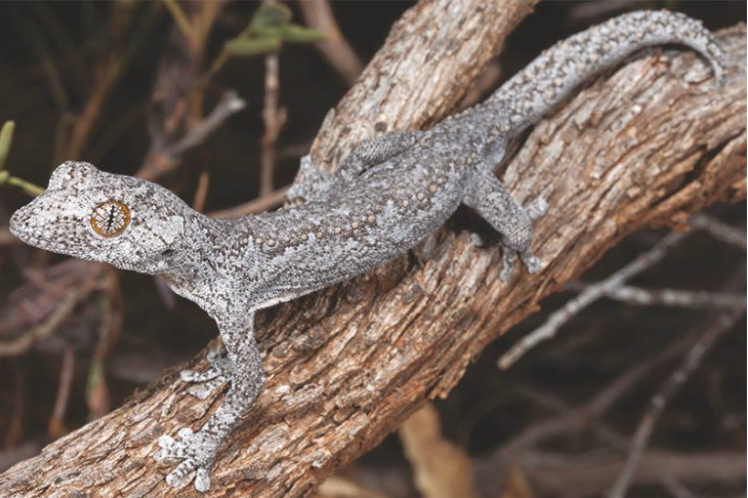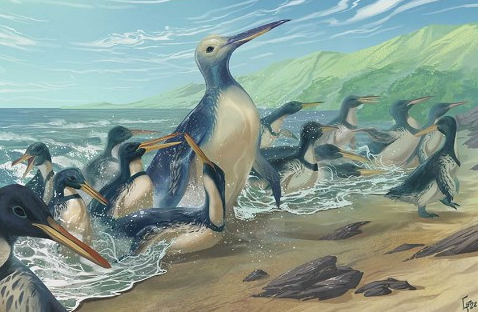
In 2023, scientists at the Natural History Museum achieved a remarkable feat by describing a record-breaking 815 new species. Their work, ranging from ancient dinosaurs to oceanic worms, holds particular significance in the face of Earth's biodiversity crisis. Understanding and documenting these new species are vital components in the efforts to protect, preserve, and reverse declines in biodiversity worldwide.
Worthy of note is the substantial focus on wasps, with 619 new species described, showcasing the remarkable diversity of these insects beyond the common perception! The majority of these wasps belong to the Encyrtidae group, known for their role in biocontrol, aiding in the natural control of agricultural and forest pests.
Beyond wasps, the discoveries include 58 new beetle species, a variety of invertebrates such as crabs, worms, and protists, and even a new moth species found in London, initially thought to be unidentified but later recognized as native to Western Australia.
Venturing into the oceans off the coast of Australia, a whale carcass revealed nine new species of polychaete worms, offering insights into the rich biodiversity of marine environments. In the vertebrate realm, researchers identified 24 new frog species, along with several lizards, a snake, and two fish.
Diverse revelations extended to the plant and algae kingdom, featuring a new birch tree from China and 15 algae species from Australia's Northern Territory. In the paleontological domain, researchers disclosed four new fossil bird species, a substantial armored ankylosaur dinosaur from the Isle of Wight, and Kumimanu fordycei, the largest known penguin species.
These ongoing efforts to document Earth's past and present biodiversity emphasize the critical importance of maintaining a comprehensive record of life on the planet. As extinction rates continue to rise, this scientific pursuit becomes indispensable for future conservation and a deeper understanding of the intricate web of life.
For more information and the full article click the link.

